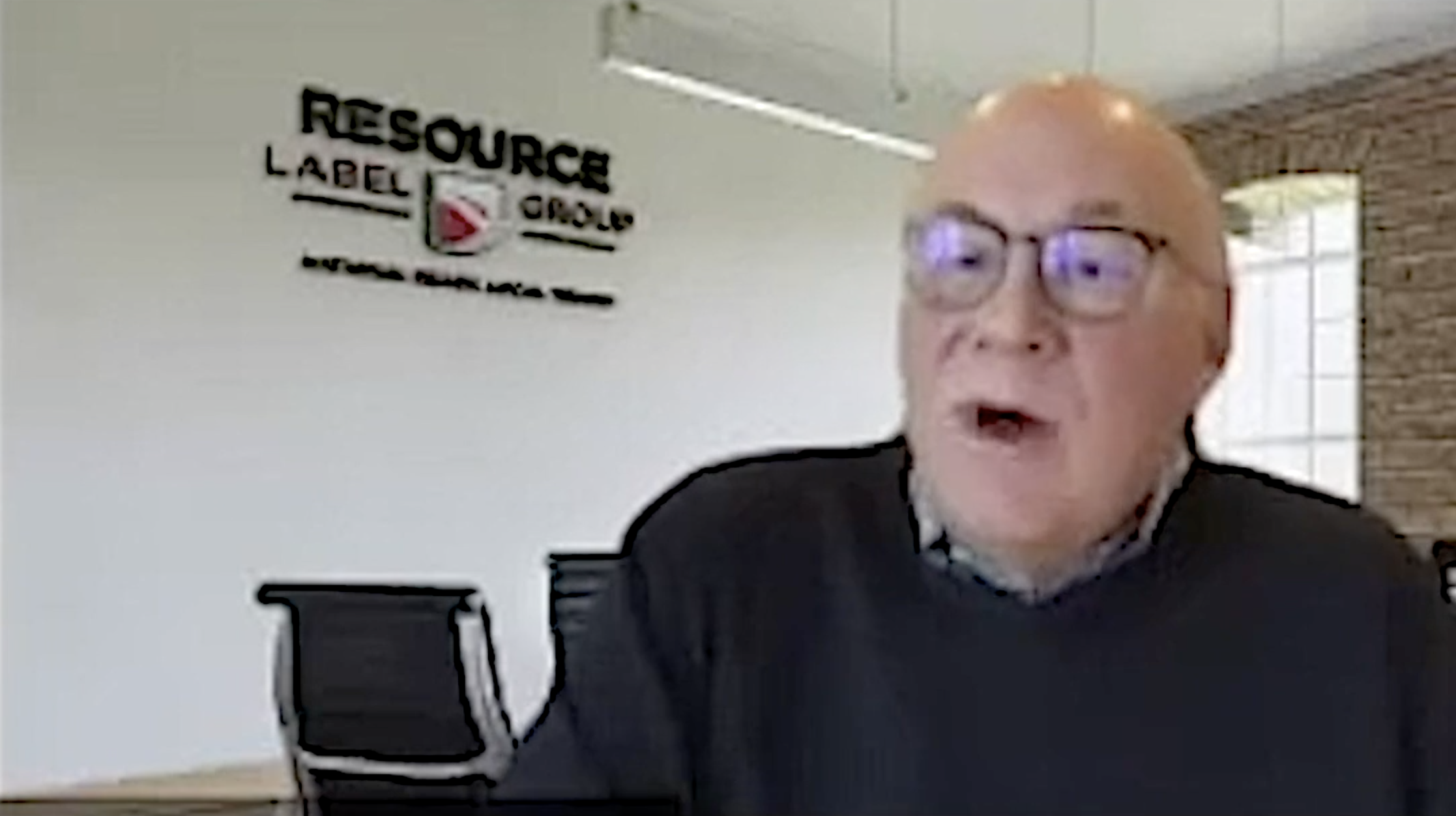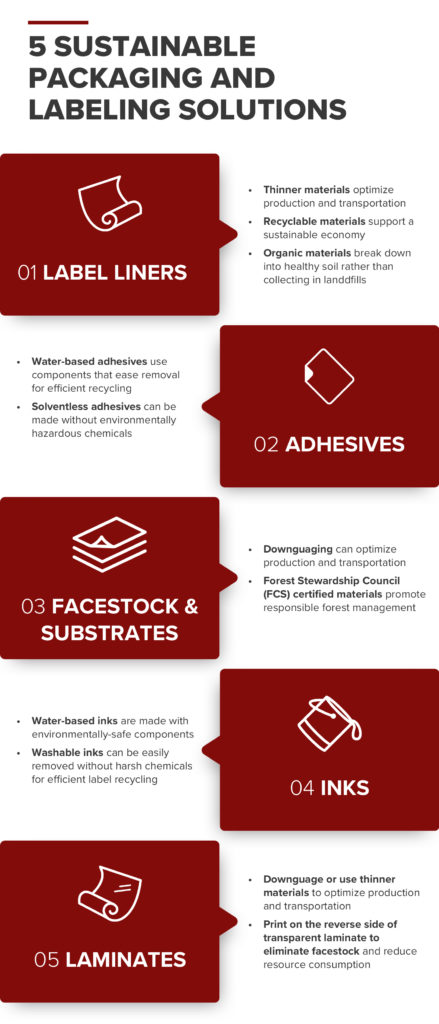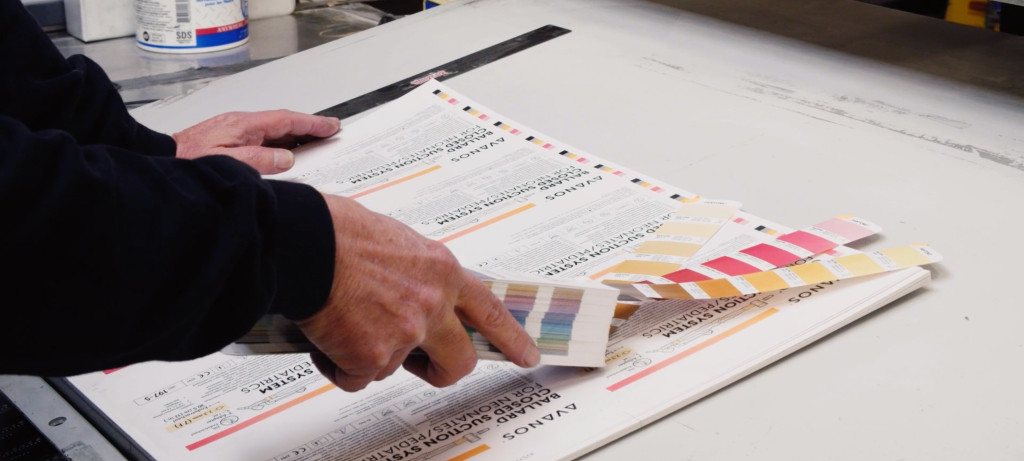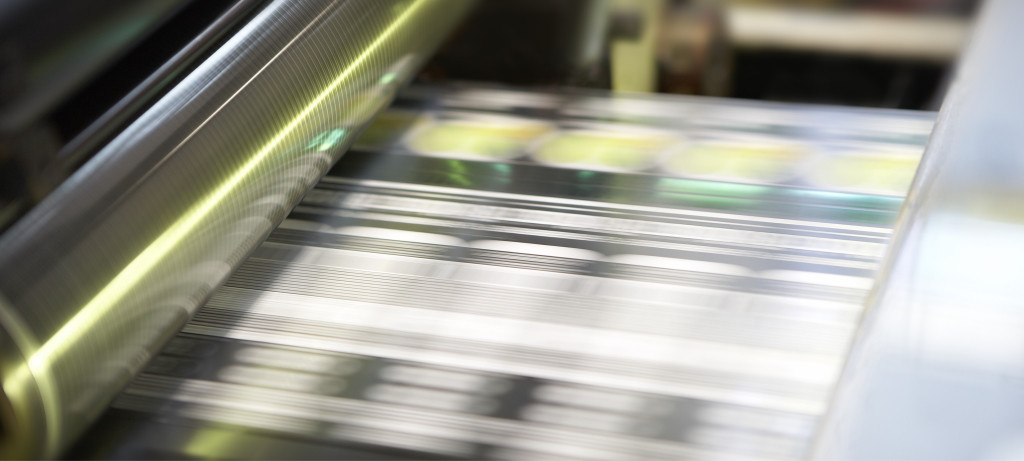How (and why) to incorporate recycling into your packaging and labeling
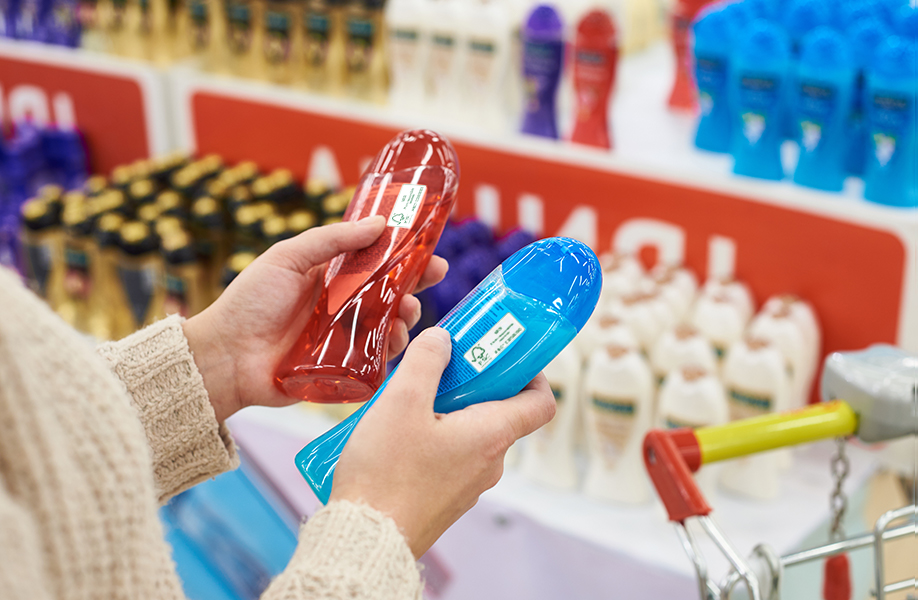
By late 2021, many of the world’s largest companies had flexed their commitment to eco-friendly practices by issuing sustainability reports and pledges to reach carbon neutrality. Were you one of them?
You should be. Thirty-seven percent of US consumers prioritize “environmental friendliness” during buying decisions. In response, every big-name retailer has enacted sustainable packaging standards for brands sold in their stores.
According to Tim Bohlke, director of sustainability at Resource Label Group, that means brands without sustainable packaging need to start converting their portfolio, now.
“If you’re a brand owner, you want to have this on your radar. Consumers are educating themselves and getting smarter at the shelf. They are paying attention and asking, ‘Does this brand care about the environment?’” he says.
Tim has worked with some of the nation’s largest brands. He’s noticed that many brands already using green packaging may not see the need for eco-friendly pressure-sensitive labels, too. That’s a mistake. Here’s why:
Every year, recycling centers reject 560 million recyclable containers due to label incompatibility.
Many materials require unique recycling streams, and some can’t be recycled at all. If everything about your packaging is perfectly recyclable except the label, your packaging will go to a landfill. And litter bearing your brand name is a PR nightmare waiting to happen that can have serious ramifications on your bottom line.
“What labels can be recycled?” and other key questions to ask yourself:
- How much do I really know about the recyclability of my product?
- What parts of it are made with recycled materials?
- What more can I do to improve?
If you don’t know the answers, you’re at the right place.
Table of contents
Converting to a green systems solution sounds simple enough in theory — but you may be surprised by how much goes into proper decision-making, including:
- Key industry terms — The difference between recycled and recyclable
- Getting started — How to assess and embark on recyclable and recycled initiatives
- Five sustainable packaging and labeling solutions — Short on time? You’ve got options
- Minimizing risk — Ensuring brand continuity, supply chain security and more
- Finding the proper partner — How to vet your label provider
To help you navigate this process, this guide walks you through everything you need to know about recycled and recyclable packaging and labeling. By the end, you’ll be ready to take the next step toward incorporating these initiatives into your brand.
What is the difference between recycled vs recyclable?
Recycled and recyclable are not the same thing. But understanding the difference between “recyclable” and “recycle-friendly” or strange acronyms like MRFs and PET can get confusing fast.
Early on, you may find yourself saying “recycle-friendly” to refer to the overall design elements that make recycling possible. But to keep working definitions as clear as possible, Tim suggests steering away from terms like “recycle friendly” because they’re too vague. Instead, pay attention to the concrete language guidance from authorities like the Association of Plastic Recyclers and the Sustainable Packaging Coalition.
And commit these terms to memory:
- Recycled labels and packaging are made from reprocessed materials such as paper and plastic. Some are even manufactured with recovered cotton, grapes, barley and other natural substrates.
- Recyclable labels and packaging can be recycled at material recycling facilities (MRFs).
- Curbside recycling is the practice of sorting and reprocessing items through a waste collection service. Not every recyclable material is eligible for curbside recycling (e.g. batteries and plastic bags). To make things even more confusing, curbside recycling varies per city, and it’s the consumer’s responsibility to know their local rules.
- PCR refers to post-consumer recycled packaging. Instead of treating plastic and glass like linear waste, it’s diverted from the landfill stream and recycled. When a product is promoted as “100% post-consumer waste” every component should be manufactured with recycled material.
- PET and rPET is shorthand for polyethlene terephthalate, a recyclable, ultralight plastic used for label liners and bottles. rPET is made from recycled PET material.
- Sustainability applies to the broad umbrella of options to support your overall green initiatives.
Another term you’ll see in sustainability conversations is circular economy. This summarizes the overall mindset shift from linear (manufacture –> use –> dispose) to circular (manufacture –> use –> re-utilize) solutions. By incorporating elements like recycled materials, recyclable capabilities and PCR, you’ll shift from a liner system to the circular economy.
You can learn more about overall packaging and labeling sustainability here. But for a comprehensive discussion about recyclable and recycled labels, keep reading.
How to incorporate recycling into your brand
Twenty years ago, recycling questions rarely went beyond, “Paper or plastic?”
It’s not that simple anymore, and understanding your options is key to incorporating recycling efforts into your brand. Everything has evolved in recycling initiatives, including material options, technologies, recycling center equipment, consumer savviness and even the legal landscape.
You have two points of entry for your brand’s recycling initiatives:
- Start from scratch and incorporate recyclability from step one
OR
- Examine your current system and make small changes from within
Launching a new product line? Ask about label recyclability during your design process
We’re not trying to be cheeky — the best place to start truly is at the beginning.
Maximize your options by addressing recyclability in your design from the start. It’s important to factor your business limitations, brand identity and the reality of your target audience while considering:
- Container or packaging — Glass, plastic and PET are all recyclable (and potentially contain recycled content) but offer different benefits. Pick what best reflects your brand DNA, budget and timeline.
- Label selection — From direct printing to shrink sleeves to paper, recycling centers process labels by their container pairing. Plastic bottles with paper labels are harder to recycle than glass bottles with paper labels. This is because glass recycling uses incineration, which burns paper labels off. Plastic recycling involves washing, which turns paper labels into a gummy mess that’s problematic for recycling centers.
- Recycle-compatible adhesives and inks — Some labels must be removed from the container to be recycled, and your adhesive needs to support that. Water-based inks and adhesives are a good choice. But your options don’t stop there. Solventless adhesives are made without environmentally hazardous chemicals, so they might be better suited for paper labels on glass bottles. And when it comes to inks, washable inks can be removed without harsh chemicals for efficient label recyclability.
- Label release liners — Consumers never see or touch the carrier sheet for your labels. But advancements in PET liners offer huge advantages over traditional paper liners for your in-house recycling initiatives. You can also opt for organic, bio-based materials that break down into healthy soil rather than collect in a landfill.
- Consumer education — Navigating recycling and recyclability isn’t just hard for you. It’s hard for consumers, too. By leaning on resources like How2Recycle, you can use your label to communicate everything from minimalist recycling logos or high-tech QR codes that offer regionally specific recycling directions.
Can a brand call its packaging and labeling recycle-friendly, recycled and recyclable? Yes!
See how Coca Cola does it.
For established brands and products, start by asking yourself, “What is working?”
Just because you haven’t actively invested in public recyclability initiatives doesn’t mean your system needs to be torn down. Examine your current container, label, inks, adhesives, laminates, liners and consumer education efforts to find room for improvement within your budget and brand identity.
- Consumer education — Recycling labels is confusing and inconsistent for consumers, who often “wishcycle.” This is assuming a container’s recyclability without verifying. Well-designed labels explain how to properly recycle your product. For example, if your yogurt is packaged in a recyclable plastic container with a recyclable paper label, tell consumers to separate the paper from the plastic. A skilled label provider can help you determine the best way to communicate this information.
- Label selection — Maybe you already use a recyclable paper label or packaging. But to deepen your commitment to the circular economy and lessen your reliance on virgin material, your label provider can upgrade you to material made from Forest Stewardship Council-certified recycled paper pulp. Facestocks like PE Film are made from sugar and are biodegradable. They can also give you proper guidance on inks and adhesives, too.
- Label release liners — Paper liners might seem intuitively more recyclable than polyester, but that’s not true. Many recycling centers process PET better than paper, making it an attractive option as its popularity grows.
At the end of the day, packaging and labeling that is both recyclable and contains recycled content is the pinnacle of the circular economy.
Switching to recyclable and recycled labels doesn’t have to be hard
Changing materials or containers can be scary. As a director of sustainability, Tim has helped hundreds of brands evolve their recycling initiatives. His takeaway? It’s always worth it
“It’s about doing the right thing for your brand, and then being able to market it,” he says. “And ultimately, you want to make sure that your recycling initiatives work in the process that you have.”
While every brand’s green implementation will be unique, common stress points include:
- Converting from paper liners to PET — Switching label carriers can require overhauling your labeling equipment. Make the shift as painless as possible by working with your label partner to evaluate your facility’s readiness, organize label logistics and order a new die.
- Supply chain security — You can’t sell your product without a label. And if your provider fails to deliver, you’ll get stuck with a big warehouse of immovable products. Big picture planning with your label provider can help you reduce this supply risk.
- Increased costs — Manufacturing labels is a complex process. You may mitigate the increased costs of recycled materials by varying the size, embellishments and printing technologies of your process.
- Brand continuity — These are drop-in solutions that can be quickly verified without disrupting your current state of business.
All these problems and solutions share the need for a skilled label partner who can help ease the transition. But how do you find one who’s right for you?
Key questions to ask while vetting a packaging and label partner
- Can you help me evaluate my current system? A skilled labor provider should be able to identity the benefits of your current packaging and label system and materials? And then they should offer guidance on how you can improve it
- What materials work well for brands like mine? From facestock materials to adhesives to inks, you have options. A skilled label partner can explain what works for your brand and why, and provide the social proof you need to verify their experience and real-world results.
- What’s product availability look like? How much do I need to keep in stock to keep my supply secure? Do you offer in-house, big-picture planning options like make-and-hold options, min/max agreements or VMI?
Find a sustainable packaging and labeling expert near you
Exploring recycled and recyclable packaging and labeling is a great way to strengthen your brand’s overall sustainability initiatives. And the right partner can help you find the proper systems solution for your needs.
Our roster includes both national brands who are leaders in sustainability and brands just getting started. No matter your stage in the process, we’re excited to support your initiatives.
Resource Label Group doesn’t just have friendly, in-house experts like Tim Bohlke to help you navigate the process. When you work with us, you also get access to the nation’s largest network of label providers and technologies. You get it all — experienced professionals who have worked with every kind of brand, a robust supply chain and cutting-edge technologies from coast to coast.
That’s the power of National Reach, Local Touch.
Ready to get started? Reach out to start a conversation today.
Tags:
